See or read
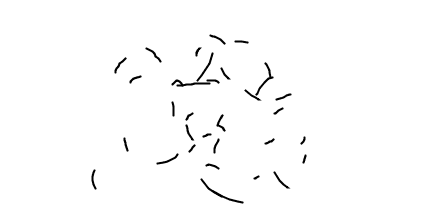
At the heart of your creative activity is an ancient enmity raging: The rational and logical you and your rival - you are vague and intuitively perceived - all the time in conflict.
Imagine passing by an old tree.
')
Impressed by the sight of its branches and twigs, you can reach out to touch its bark. You watch the sunlight fall through the countless leaves, forming a spectacular pattern of shadows under your feet.
Or you can just think “This is a tree” and go on.
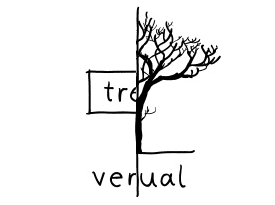
Verbal thinking - logic
In the second approach, we reduce what we see to labels, in our case, the label "tree". We strive for reasoning and want to know only what is. Once we have determined something, we can direct our attention and energy in a different direction.
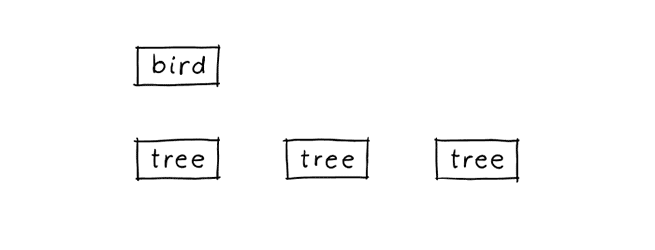
This reduction contributes to all sorts of logical and accurate reasoning. This is great if you want to count trees, for example. But this approach does not take into account much.

Visual thinking - intuition
If we do not use shortcuts and actually look at things, we will see much more! Our willingness to forget what we know allows us to appreciate the beauty of the current situation.
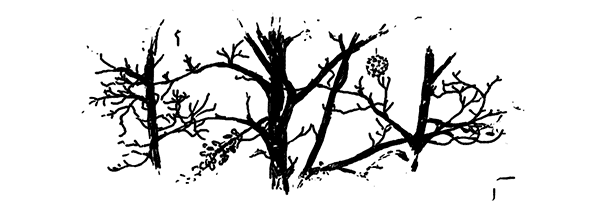
Since we are open to new sensations, we collect much more information for new connections - new ideas. We get an intuitive understanding of the situation and recognize patterns. Thus, we can not only cope with incredibly difficult situations, but also enjoy them.
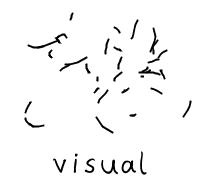
Parallel visual thinking is open to complexity. It is unclear and less controlled.
Different tasks require different ways of thinking.

Writing software or organizing your creative project requires focused linear thinking. On the other hand, complex tasks, such as face recognition or finding a way to live out a gala dinner, are best accomplished through intuitive thinking.
Flexible thinking
The key to creativity lies in the alternation of these two ways of thinking. Distinguish them and learn about their most successful applications!
Convergence - from intuition to reason
The basis of any creative activity is insight. The more you take, the more ideas you may have in your mind. At the stages of perception, we are open and discard any critical restrictions or judgments. More means more.

Of course, at some point we want to form all these impressions into something that we can share with others. Maintaining rational thinking can help us structure and convey what we have experienced.
Divergence - from mind to intuition
No less important is the reverse: at first we clearly define the creative platform using logical verbal thinking. For example, we can say: “For the next hour, I will draw everything that comes into my head on one sheet of paper.” Having defined this “creative concept”, we can move on to visual thinking, which allows us to be sensitive enough to capture all these thoughts.
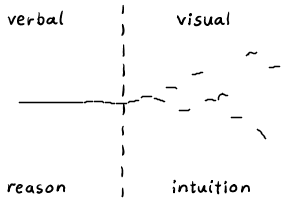
The process of “creative incubation” follows a similar direction: after receiving a lot of information about the subject - in the verbal rational thinking mode - we allow it to settle in our head and allow our intuitive side to establish new connections at a safe level of the subconscious.
What can go wrong?
Many big and small dramas in our creative process can be triggered by conflicts between these two different types of thinking.
Remember the last time your rational mind put too much pressure on your intuitive mind? "Hurry up! Be more creative! "
Intuitive thinking can be lured or invited, but it can hardly be imposed. Our rational verbal thinking - being a hooligan-manipulator, which it sometimes is - can disrupt or even stifle the intuitive process and lead to a very scary creative block.
On the other hand, if we are in a phase where we need to focus and coordinate our ideas, too much intuitive thinking can distract us. The result is complete confusion as to what we really intend to do. We are going nowhere. I quote Sandra Bullock: “I am not in the ranks, and I am drifting!”
So what can we do?
Train our brain to be more flexible.
Regular habits that require focused attention can strengthen our verbal thinking. Examples include reading, learning languages, or one of my favorite activities: writing software. This “dopamine withdrawal” is a complex task against the background of the ubiquitous digital distraction devices.

The drawing, which is the result of observations, on the other hand, opens our eyes to the information available right here and now. This helps us find a real visual language, not a sterile symbolic substitute. I gathered here a couple of exercises for drawing, if you can not wait to train your observant muscles.
one.

2

3

four.
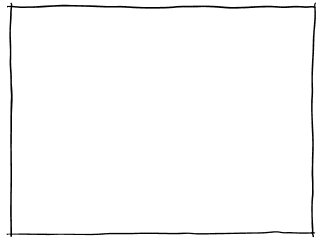
five.

Here is a video where I talk about drawing (with animation, of course):
Source: https://habr.com/ru/post/441666/
All Articles